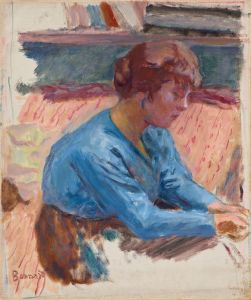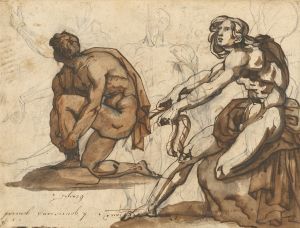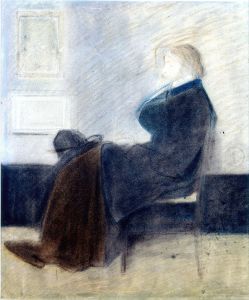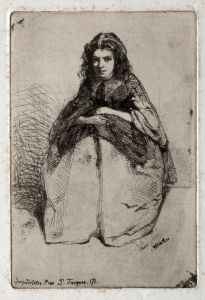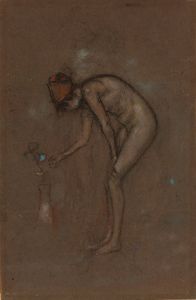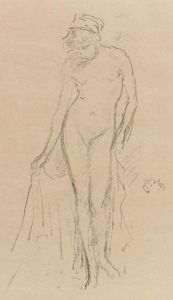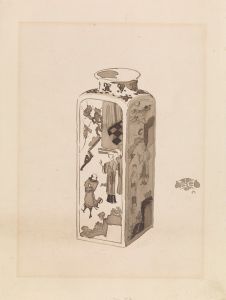
The Blue Girl ; Purple and Blue
A hand-painted replica of James Abbott McNeill Whistler’s masterpiece The Blue Girl ; Purple and Blue, meticulously crafted by professional artists to capture the true essence of the original. Each piece is created with museum-quality canvas and rare mineral pigments, carefully painted by experienced artists with delicate brushstrokes and rich, layered colors to perfectly recreate the texture of the original artwork. Unlike machine-printed reproductions, this hand-painted version brings the painting to life, infused with the artist’s emotions and skill in every stroke. Whether for personal collection or home decoration, it instantly elevates the artistic atmosphere of any space.
James Abbott McNeill Whistler was an American artist known for his significant contributions to the art world during the late 19th century. One of his notable works is "The Blue Girl: Purple and Blue," which exemplifies his innovative approach to portraiture and color harmony. Whistler's work is often associated with the Aesthetic Movement, which emphasized the visual and sensual qualities of art over narrative content.
"The Blue Girl: Purple and Blue" is a portrait that showcases Whistler's mastery of color and composition. The painting is characterized by its subtle use of color and delicate brushwork, which are hallmarks of Whistler's style. The subject of the painting is depicted in a serene pose, enveloped in a harmonious blend of blue and purple hues. This choice of color palette reflects Whistler's interest in creating a mood or atmosphere rather than focusing solely on the likeness of the sitter.
Whistler was heavily influenced by the art and culture of Japan, which is evident in the simplicity and elegance of his compositions. This influence is apparent in "The Blue Girl: Purple and Blue," where the emphasis is placed on the overall aesthetic experience rather than on intricate details. The painting's background is often understated, allowing the viewer to focus on the figure and the interplay of colors.
Whistler's approach to art was revolutionary for his time, as he challenged the traditional conventions of portraiture. He believed that art should be an arrangement of colors and forms, akin to a musical composition. This philosophy is reflected in the title of the painting, which highlights the colors used rather than the identity of the sitter. Whistler often titled his works in a manner similar to musical compositions, using terms like "symphony" or "arrangement" to emphasize the importance of color harmony.
"The Blue Girl: Purple and Blue" is part of Whistler's broader body of work that includes portraits, landscapes, and nocturnes. His innovative techniques and distinctive style have left a lasting impact on the art world, influencing subsequent generations of artists. Whistler's emphasis on the aesthetic qualities of art paved the way for modern art movements that prioritized form and color over representational accuracy.
While specific details about the creation and history of "The Blue Girl: Purple and Blue" may not be extensively documented, the painting remains an important example of Whistler's artistic philosophy and his contribution to the Aesthetic Movement. Whistler's legacy continues to be celebrated in major art institutions around the world, where his works are studied and admired for their beauty and innovation.





